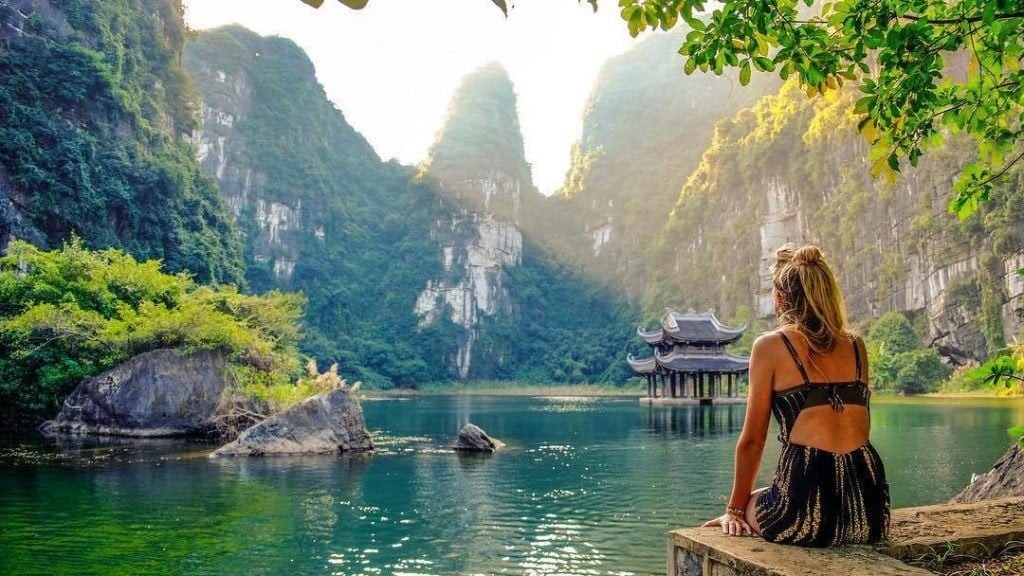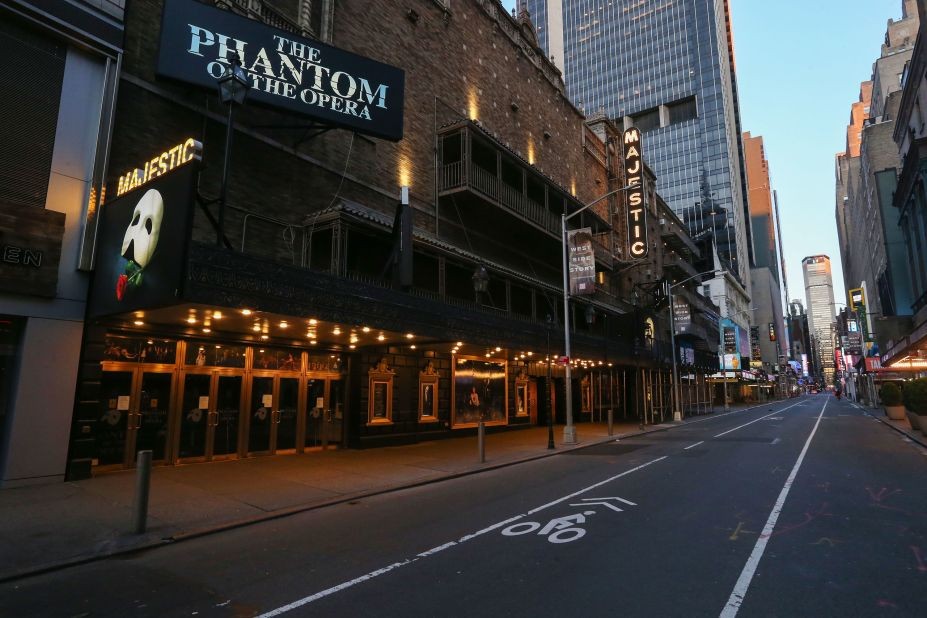Visit Petit Colmar: The Fairytale Town In France
Colmar is a city and commune in the Haut-Rhin department and Grand Est region of north-eastern France. The third-largest commune in Alsace (after Strasbourg and Mulhouse), it is the seat of the prefecture of the Haut-Rhin department and of the subprefecture of the Colmar-Ribeauvillé arrondissement.
The city is renowned for its well-preserved old town, its numerous architectural landmarks, and its museums, among which is the Unterlinden Museum, which houses the Isenheim Altarpiece.
Colmar is situated on the Alsatian Wine Route and considers itself to be the "capital of Alsatian wine" (capitale des vins d'Alsace).
The architecture of Colmar is like a storybook recreation of an early Renaissance village. You’ll find cobbled alleys, meandering canals, intricate yellow-and-orange brickwork, and half-timbered houses with brightly painted façades, as well as a soaring 13th-century Gothic church. In fact, the city is so beautiful that during both world wars, the British and American forces deliberately avoided bombing it. As a result, it has one of the best-preserved old towns in France.
History of Colmar, Alsace
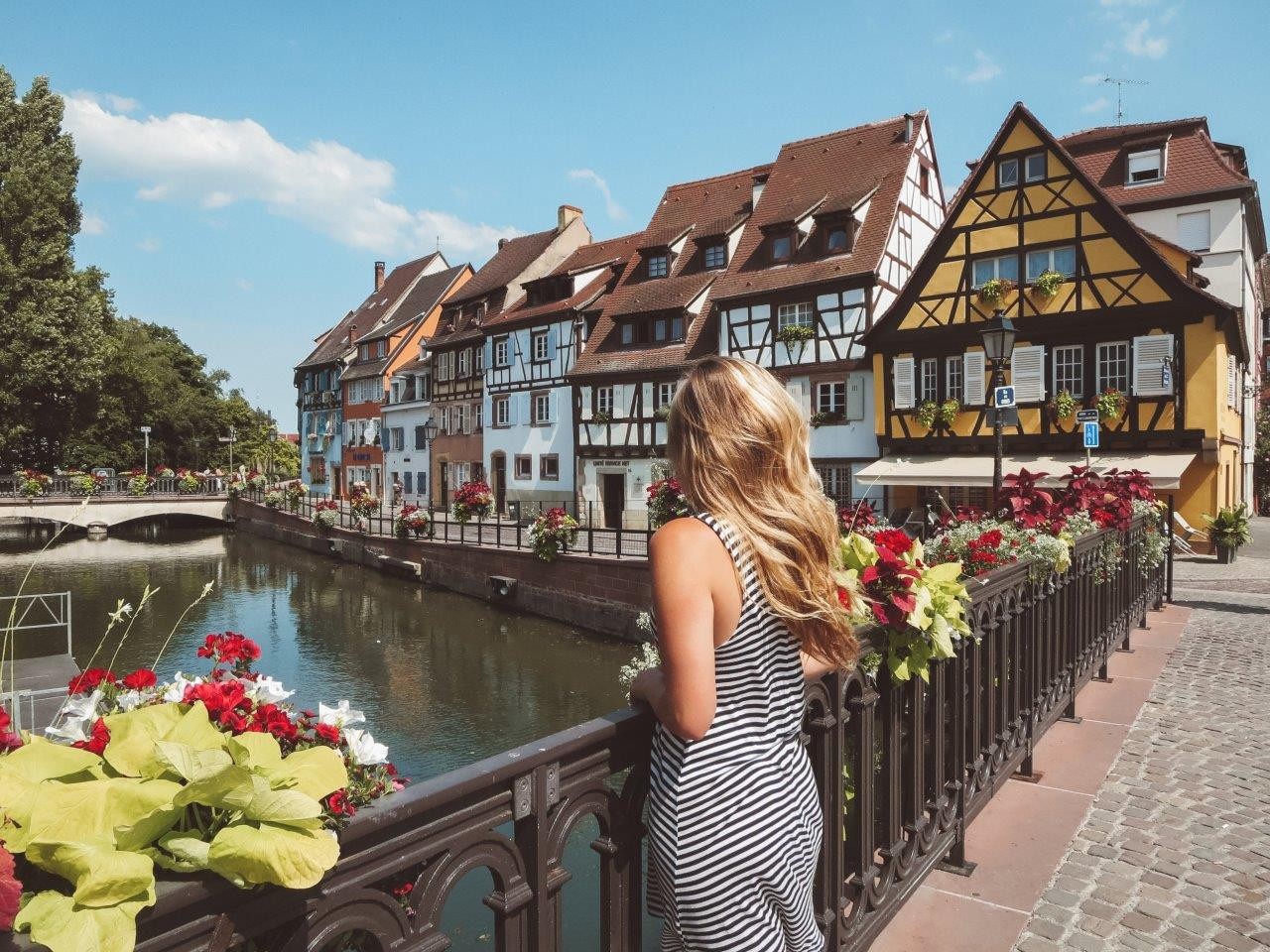 |
| Photo: Jana Meerman |
Colmar was first mentioned by Charlemagne in his chronicle about the Saxon wars. This was the location where the Carolingian Emperor Charles the Fat held a diet in 884. Colmar was granted the status of a free imperial city by Emperor Frederick II in 1226. In 1354 it joined the Décapole city league. The city adopted the Protestant Reformation in 1575, long after the northern neighbors of Strasbourg and Sélestat. During the Thirty Years' War, it was taken by the Swedish army in 1632, which held it for two years. In 1634, the Schoeman family arrived and started the first town library. In 1635, the city's harvest was spoiled by Imperialist forces while the residents shot at them from the walls.
The city was conquered by France under King Louis XIV in 1673 and officially ceded by the 1679 Treaties of Nijmegen. In 1854 a cholera epidemic killed many in the city. With the rest of Alsace, Colmar was annexed by the newly formed German Empire in 1871 as a result of the Franco-Prussian War and incorporated into the Alsace-Lorraine province. It returned to France after World War I according to the 1919 Treaty of Versailles, was annexed by Nazi Germany in 1940, and then reverted to French control after the battle of the "Colmar Pocket" in 1945. Colmar has been continuously governed by conservative parties since 1947, the Popular Republican Movement (1947–1977), the Union for French Democracy (1977–1995), and the Union for a Popular Movement (since 1995), and has had only three mayors during that time.
The Colmar Treasure, a hoard of precious objects hidden by Jews during the Black Death, was discovered here in 1863.
Best time to visit Colmar
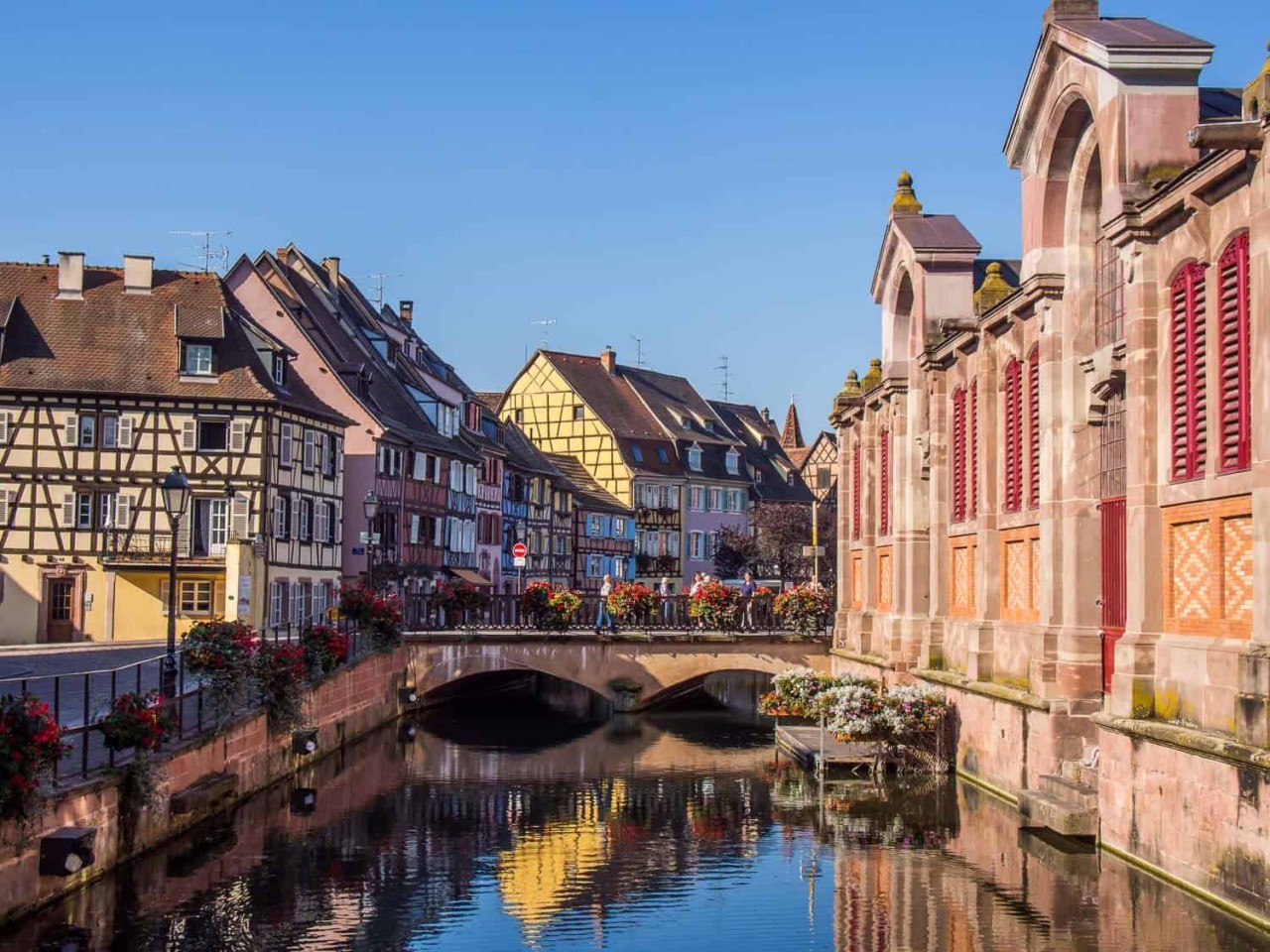 |
| Photo: Never Ending Voyage |
As in nearby Strasbourg, the best time to visit Colmar is spring and summer, when you can enjoy wine tasting in the beautiful weather. That said, autumn brings lovely foliage and a plenitude of wine harvest festivals. Additionally, in December, the town’s Christmas market transforms the historical buildings and main square into a picture-book setting, according to Audley Travel.
The weather in Colmar
Colmar features an oceanic climate (Köppen: Cfb), but the latter is significantly modified by the city's far inland position with cold, dry winters and warm to hot, wetter summers.
The city has a sunny microclimate and is one of the driest cities in France, with annual precipitation of just 607 mm (23.9 in), making it ideal for Alsace wine. It is considered the capital of the Alsatian wine region.
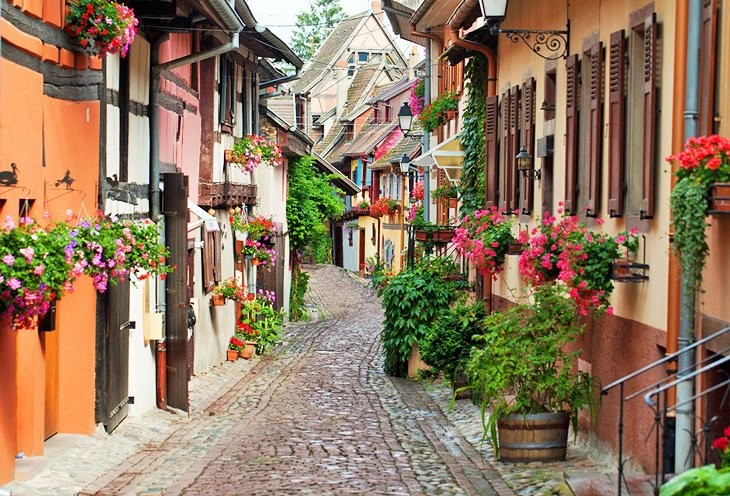 |
| Photo: PlanetWare |
The dryness results from the town's location next to mountains, which force clouds arriving from the west to rise, and much of their moisture to condense and fall as precipitation over the higher ground, leaving the air warmed and dried by the time it reaches Colmar.
The city is, therefore, closer to a continental climate and winter and summer temperatures can sometimes be the coldest or hottest in France.
Things to see and do in Colmar
1. Musée d’Unterlinden
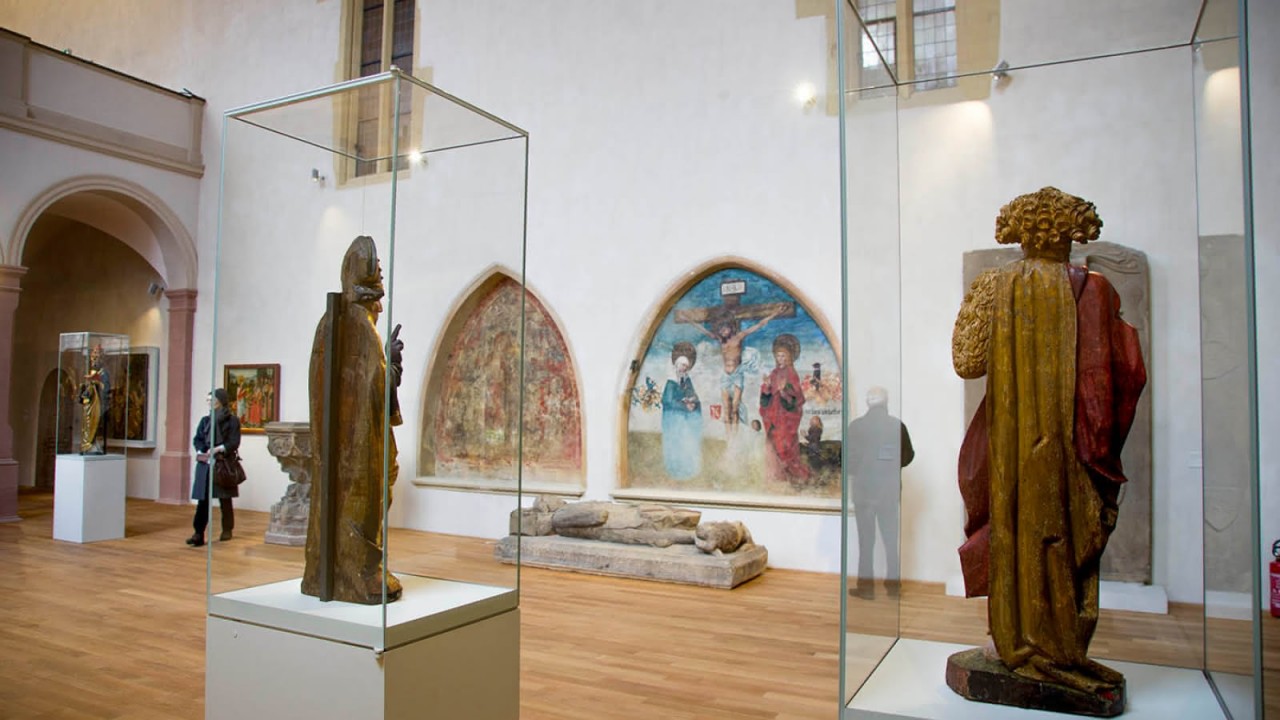 |
| Photo: Visit Alsace |
Gathered around a Gothic-style Dominican cloister, this revamped museum hides a prized medieval stone statue collection, late-15th-century prints by Martin Schongauer plus an ensemble of Upper Rhine Primitives. Its stellar modern-art collection contains works by Monet, Picasso and Renoir. The star attraction, however, is the late-Gothic Rétable d’Issenheim (Issenheim Altarpiece), by painter Mathias Grünewald and sculptor Nicolas de Haguenau. Hailed as one of the most profound works of faith ever created, the altarpiece realistically depicts New Testament scenes.
2. The old town
Wandering the old town, you might be forgiven for imagining you’d stepped back in time. The plaster of the half-timbered buildings is painted in an array of chalky yellow, bright orange, cheery pink, and sky blue, which all contrasts cheerily with the overflowing blooms that fill window boxes during the summer.
During the Middle Ages, Colmar was a member of the Décapole, a league of Alsatian cities that banded together to create a trading alliance based on the region’s already-renowned vineyards. The resulting wealth caused a building boom and local tax laws encouraged the tall narrow buildings you can still see and visit today. We suggest allotting at least one full day to simply stroll through the cobbled streets and over the crooked canals to soak up the man-made beauty.
3. Musée Bartholdi
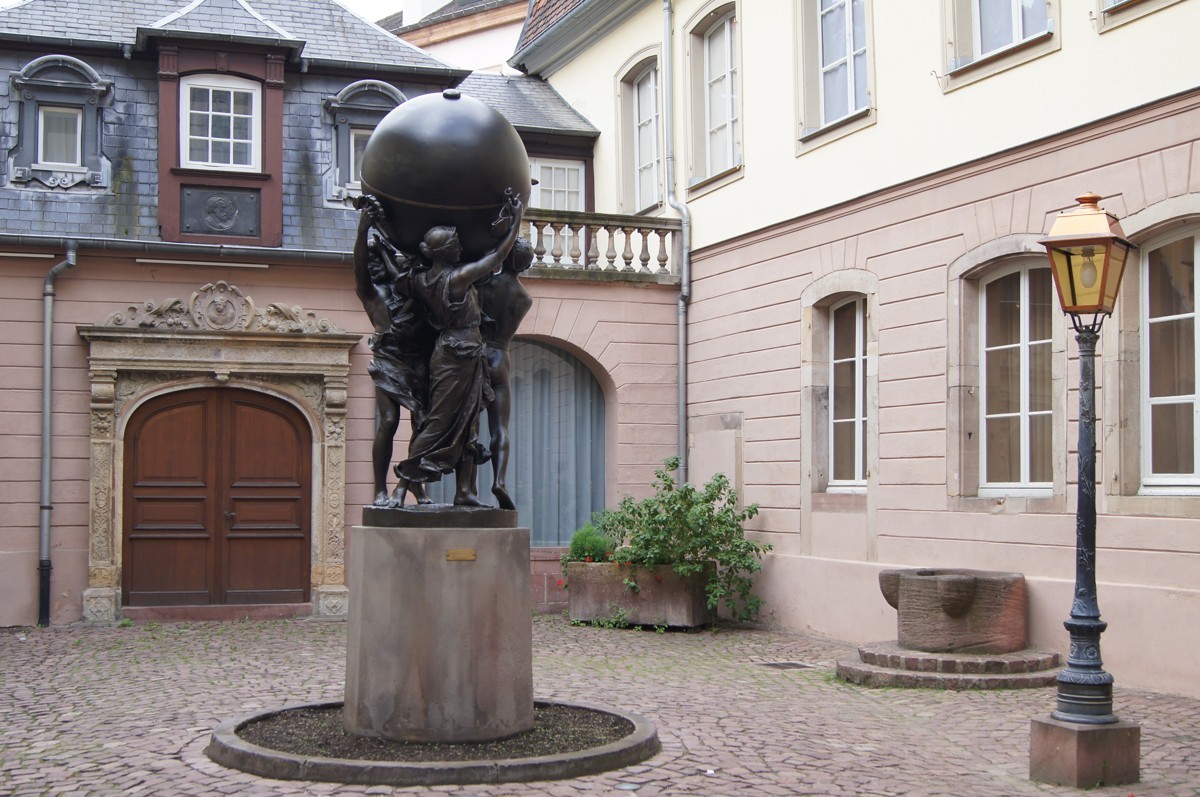 |
| Photo: Visit Alsace |
In the house where Frédéric Auguste Bartholdi was born in 1834, this museum pays homage to the sculptor who captured the spirit of a nation with his Statue of Liberty. Look out for the full-size plaster model of Lady Liberty’s left ear (the lobe is watermelon-sized!) and the Bartholdi family’s sparklingly bourgeois apartment. A ground-floor room shows 18th- and 19th-century Jewish ritual objects.
4. Église des Dominicains
Lit by late-medieval stained glass, this desanctified Gothic church shelters the celebrated triptych La Vierge au Buisson de Roses (The Virgin in the Rose Bush), painted by Martin Schongauer in 1473.
5. The Alsace Wine Route
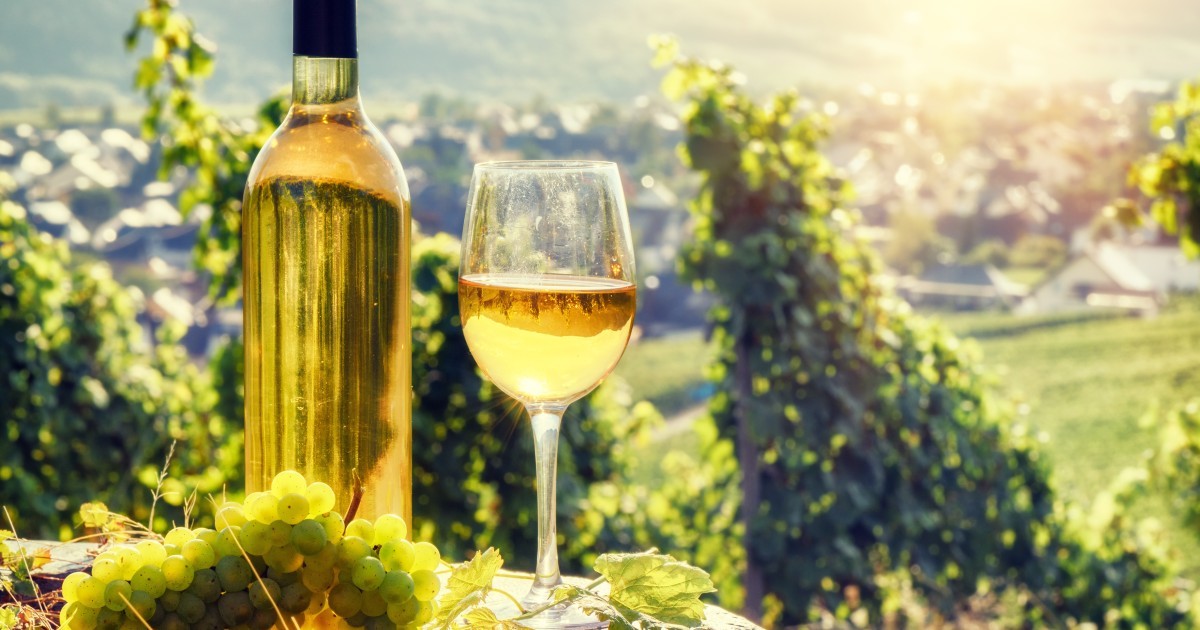 |
| Photo: GetYourGuide |
Running from Marlenheim in the north to Thann in the south, the Alsatian Wine Route is the oldest wine route in France. Its 170 km (105 miles) wends its way through a rolling landscape of half-timbered villages, medieval castles, and, of course, vineyards. The region includes seven different grape varietals, including riesling, gewürztraminer, and pinot noir, most bottled in the slim, green-glass ‘Alsatian flute’.
In Alsace, unlike the rest of France, the wineries are in the villages rather than the vineyards. This is a consequence of the region’s often-turbulent history on the border — growers preferred the security of town walls. You can learn about the area’s history and how it’s affected wine production on a private driving tour along sections of the route — with ample stops for tastings.
6. Église Saint-Martin on Place de la Cathedrale
 |
| Photo: Visit Alsace |
Topped with a Mongol-inspired copper spire, this massive Gothic church dominates the main square of the town. Despite the square’s name — and the great size of the edifice — the church has only been an official cathedral for ten years of its eight centuries.
Typical of Gothic architecture, the airy, soaring interior draws your eye up toward Heaven with its massive pillars, pointed arches, and vaulted ceiling. However, don’t let the lines of the space distract you from the delicate medieval statuary and gloriously kaleidoscopic stained-glass windows. We can arrange for you to explore the church — and the rest of the old town — as part of a privately guided walking tour.
 | Where to go in February 2022: 10 Top Destinations Why not escape the cold, dark days and lift new year spirits with a rejuvenating escape? |
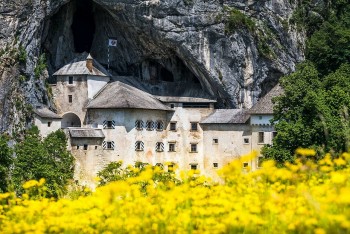 | Behind Predjama Castle: The Largest Fairytale Castle Embraced by Rock Predjama is one of the most special castles in the world, built inside a cave complex at the end of a valley in southwestern Slovenia. |
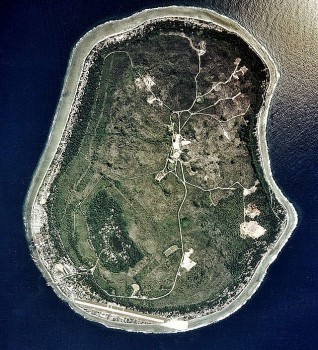 | Discover Nauru, The Country With No Capital Nauru is an island country and microstate in Oceania, which has no official capital of its own and is also a favorite tourist destination of ... |
Recommended
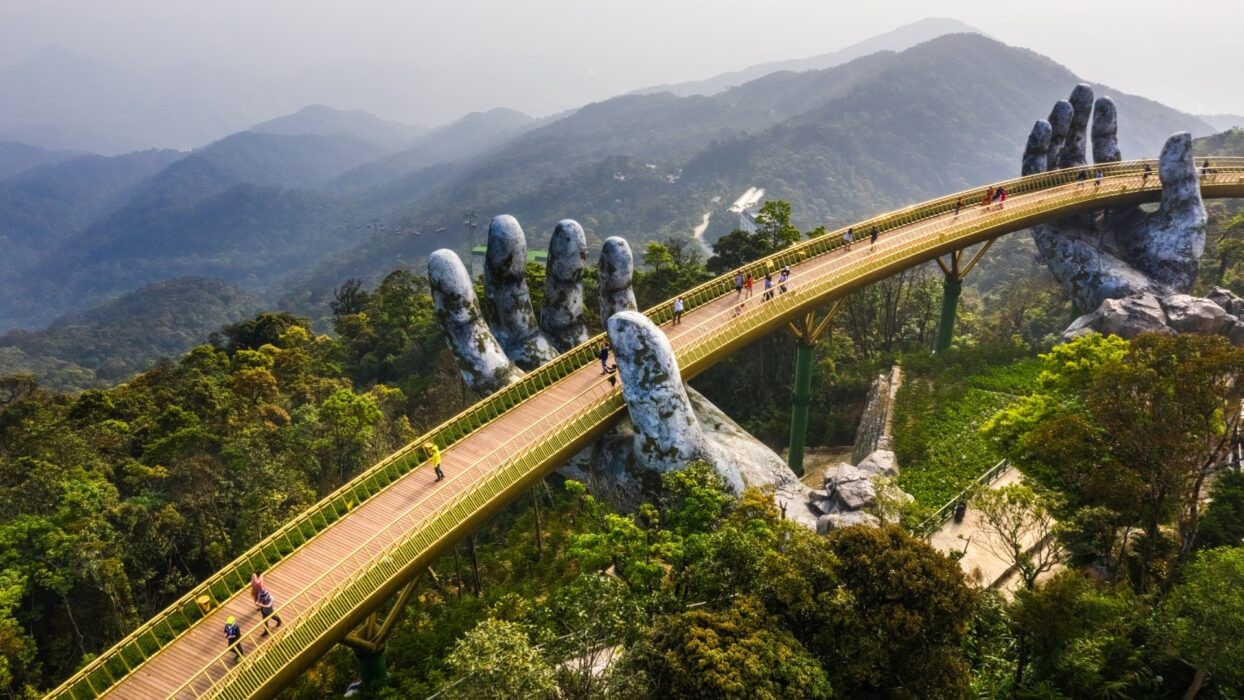 Travel
Travel
Vietnam Strengthens Its Presence On The Global Tourism Map
 Multimedia
Multimedia
Phong Nha-Ke Bang National Park Named Top Adventure Travel Site
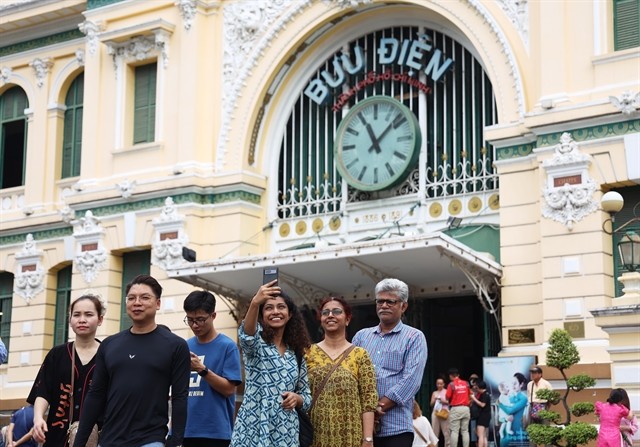 Travel
Travel
Vietnam Welcomes Record-High Number of International Visitors
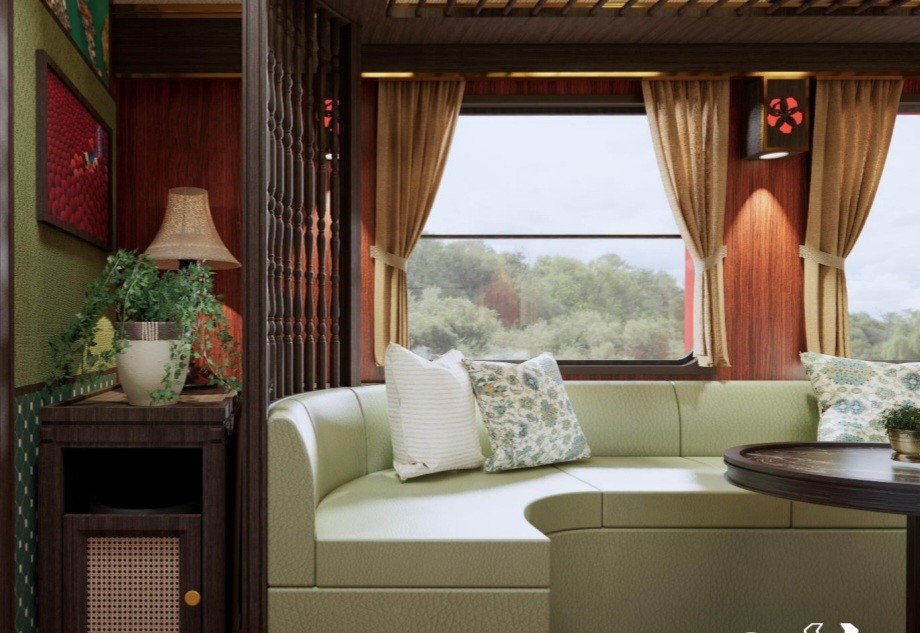 Travel
Travel
Luxury Train From Hanoi To Hai Phong To Be Launched In May
 Travel
Travel
Phong Nha Named Top Budget-Friendly Travel Destination for Spring 2025: Agoda
 Travel
Travel
Four Indian Films Introduced to Lao Cai Audience
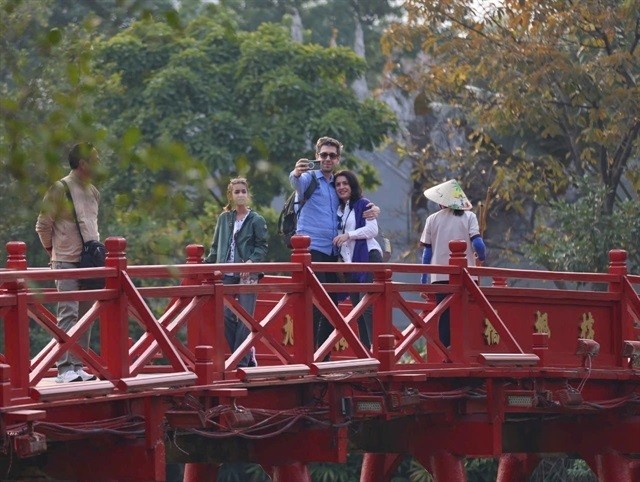 Travel
Travel
Vietnam to Waive Visas for Citizens from 12 Countries until 2028
 Travel
Travel

